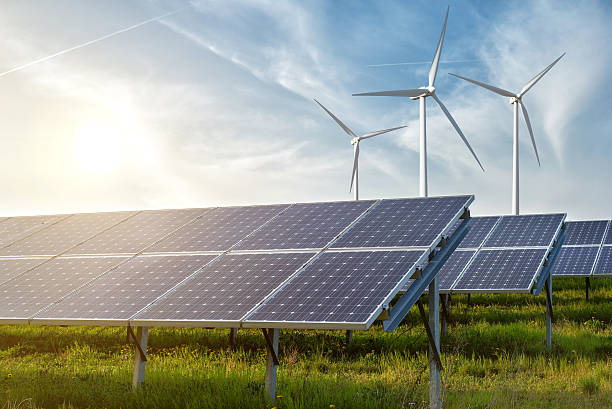
FAQ About Clean Energy
Clean Energy
2 years ago | gizem
What are the limitations of clean energy sources?
While clean energy sources offer numerous benefits, they also have some limitations that need to be addressed for their widespread adoption and integration into the energy landscape. Some of the key limitations include:
- Intermittency and Variability: Many clean energy sources, such as solar and wind, are intermittent and variable, depending on weather conditions and time of day. This intermittency requires careful grid management and energy storage solutions to ensure a reliable and stable power supply.
- Energy Storage Challenges: Energy storage technologies, such as batteries, are crucial for managing the variability of renewable energy. However, large-scale energy storage can be costly and may face technical and environmental challenges.
- Land Use and Space Requirements: Some clean energy technologies, like solar farms and wind turbines, require significant land or space, potentially leading to conflicts with land use for agriculture, conservation, or other purposes.
- Environmental Impact: While clean energy sources generally have lower environmental impacts than fossil fuels, some technologies can still have localized environmental consequences. For example, large hydropower projects can lead to habitat disruption and changes in river ecosystems.
- Resource Availability: The availability of certain clean energy resources can be limited to specific geographic regions. For example, geothermal energy is only viable in areas with significant geothermal activity.
- Upfront Costs: The initial investment required to implement clean energy technologies can be higher compared to fossil fuel-based systems. While costs are decreasing, upfront financial barriers can hinder immediate adoption, particularly in developing economies.
- Grid Integration Challenges: Integrating high shares of clean energy into existing electricity grids can be complex and require grid upgrades and modernization to accommodate bidirectional power flows and decentralized energy sources.
- Technological Maturity: Some clean energy technologies are still in the early stages of development or have not reached full commercial maturity, making them less cost-effective or practical compared to conventional options.
- Energy Density: Clean energy sources like wind and solar have a lower energy density than fossil fuels. As a result, larger land areas or facilities may be required to generate the same amount of energy, leading to potential land-use challenges.
- Materials and Resource Constraints: Some clean energy technologies, such as batteries and certain rare-earth elements used in solar panels and wind turbines, rely on specific materials that may have limited global availability.
- Dependence on Weather and Climate: The performance of solar and wind energy systems is influenced by weather and climate conditions, which can impact their output and predictability.
- Energy Transition and Workforce: The shift from fossil fuels to clean energy may have implications for the existing workforce in the energy sector, requiring efforts to retrain and support affected workers during the transition.
